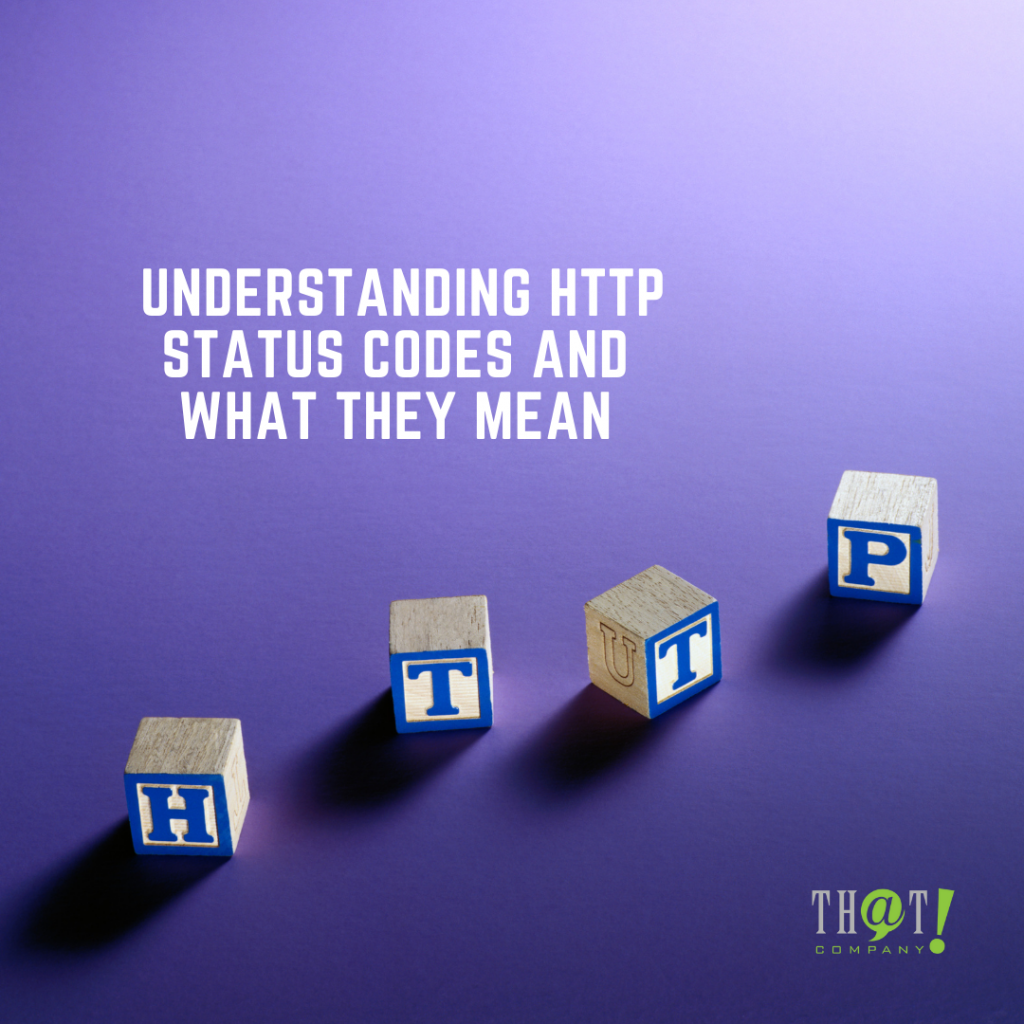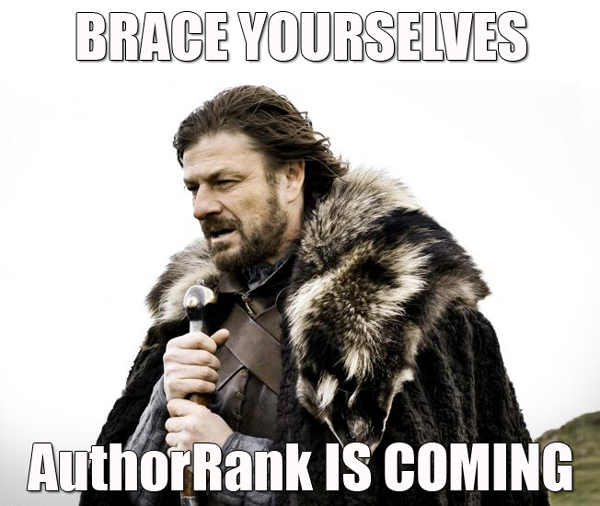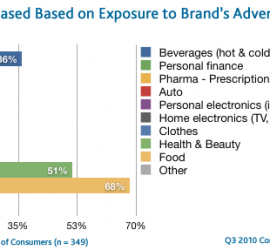If you have decided to try and find success in the digital industry universe, you must compete. In order to compete with those with relevant search terms to your own, your business must rank in search engines. In order to gain any rank in Google or the many other search engines, you must optimize. The only way to know what to optimize for is to know something of Google’s most current algorithms. These algorithms are the rules and regulations Google has set forward to determine how they decide which sites are optimized enough to receive good ranking. Following and implementing the standards of Google’s algorithm changes are the primary objectives of knowledgeable SEO experts.
Why Does Google Need Algorithms?
As the importance of ranking on search engines increased, so did the ways to manipulate the system and the number of workarounds and loopholes to Google’s regulations. The term “Black Hat SEO” was used to describe these tactics, and they quickly began to throw the true objective of search engine results out of whack.
- Keyword Stuffing
While this tactic was very simple, it was extremely effective in the early days of the internet . This strategy involved repeating the keyword a number of times throughout a page until the content barely had meaning afterwards. Users of this tactic would put the same keywords in almost all available containers (paragraphs, headers, footers) and cause the page to lose almost all readability.
- Unrelated Keywords
This is a dangerous tactic that involved using a popular keyword to help rank a page that had no relevancy at all to the content.
(Example: Michael Jordan would wear our jewelry and so should you!)
This misleading tactic was popular because the results were almost immediate depending on the current trend of the popular keyword.
- Duplicate Content
This was a terrible strategy of Black Hat SEO. It involved completely copying content from popular sites or pages and pasting them onto the offending site. Now if the offending site optimizes better than the original, they can steal the rankings for stolen work.

- Tiny, Hidden, & Discolored Text
Sometimes, those who were doing keyword stuffing would still want their sites to be readable to users, yet they wanted Google to see tons of keywords on their pages. As a result, they decided to make the text they didn’t want users to see as invisible to the naked eye as possible, while still allowing Google to view the page as “keyword heavy”. They did this by making the text very tiny, using stylesheets to display text as hidden, or even making the text the same color as the background. This allowed them to still supply Google with numerous keywords while displaying an acceptable piece of content to users.
What Did Google Do About It?
Google had to act quickly, because these tactics were destroying the whole purpose of the search engine. If users couldn’t find what they were searching for because the results were corrupted by Black Hat SEO tactics, then users wouldn’t search at all. Google’s algorithm couldn’t stop these tactics from existing, however they could penalize sites using these techniques simply by not giving them what they originally wanted, ranking. Google’s algorithms are the guidelines that sites need to follow before Google will deem them worthy of a feature on the SERPs. The quality of optimization done to meet these standards determine rank above competition.
What Factors Do Algorithms Use to Rank?

Google ranking systems are made up of a series of algorithms, which are the guidelines to creating a fully, optimized page for search engines. While there are many factors being monitored, the weight given to any area depends largely on a few things, such as:
- Words of Your Query
- Relevance of Pages
- Usability of Pages
- Expertise of Sources
- Location and Settings
Google employs thousands of expertly trained “Search Quality Raters” around the world to test the guidelines set forth and to create the strictly adhered to algorithms that help us find the most relevant content available for our search. For those looking for their own content to become visible in search engines, Google (very rarely) shares the information of required rules pertaining to current algorithms. While these rules can change at a whim (as they do often) there are usually some consistent requirements for creating acceptable content, such as:
The Meaning of the Query
This generally means, Google looks at the actual language of the query and determines its intent by looking through synonyms, context, and even misspellings to determine to the fullest extent the language and purpose of the search query.
The Relevance of Webpages
This is one of the most important processes Google goes through for SEO experts. At this point, Google scans websites looking for relevant keywords to the search query entered. The strongest indicator that a relevant page was found is when keyword matching, aggregated, and anonymized interaction data is collected and tells Google that relevant content has been found.
The Quality of the Content
This portion of the process would have to be the second most important piece for SEO experts, and probably what they spend most of their optimization time working on. A reliable source for the query is a website that not only has the keyword density to match the search term, but also demonstrates expertise, authoritativeness, and trustworthiness on the searched for term. Other prominent websites linked to your own will give Google a signal that you fall into that same category, as a trusted source for the searcher.
The Usability of the Webpage
User experience is not what drives ranking, it actually drives conversions. However, Google will determine the overall usability of your webpage before it is pulled for ranking. Google looks for many signals to determine if the site is easy to use, such as:
- Its appearance in different browsers
- Its responsiveness
- Its page load speeds for both mobile and desktop
Google, and other third-party sites, supply users with many tools designed to help make websites as easy-to-use as possible, while also adhering closely to the ranking guidelines of Google’s algorithms.
The User’s Context and Settings
Other important information, such as past search history, search settings, and location are also used by algorithms to rank pages that are relevant to the query. Indicators, such as search settings, are important for telling Google the language preferred by the user and “SafeSearch” helps filter out explicit results. The location factor is very important as it filters out areas that are not in the vicinity of the user and will instead rank results closer to the searcher for convenience.
If They Don’t Understand Algorithms, They’re No Expert
While information about Google’s algorithms will always be of utmost importance to SEO experts and even web developers, as a customer looking for SEO services or a private label looking to sell SEO services, you should be aware of these guidelines. This is important not only for your own use, but also to determine if the individual you are hiring for their SEO skills has a firm understanding of the most important aspect of search engine optimization, which is helping Google help your webpages rank better by following and staying up-to-date on Google’s ever-changing algorithms. Without this knowledge, chances for digital success are estimated as null.
Authorship: Kevin P.






























